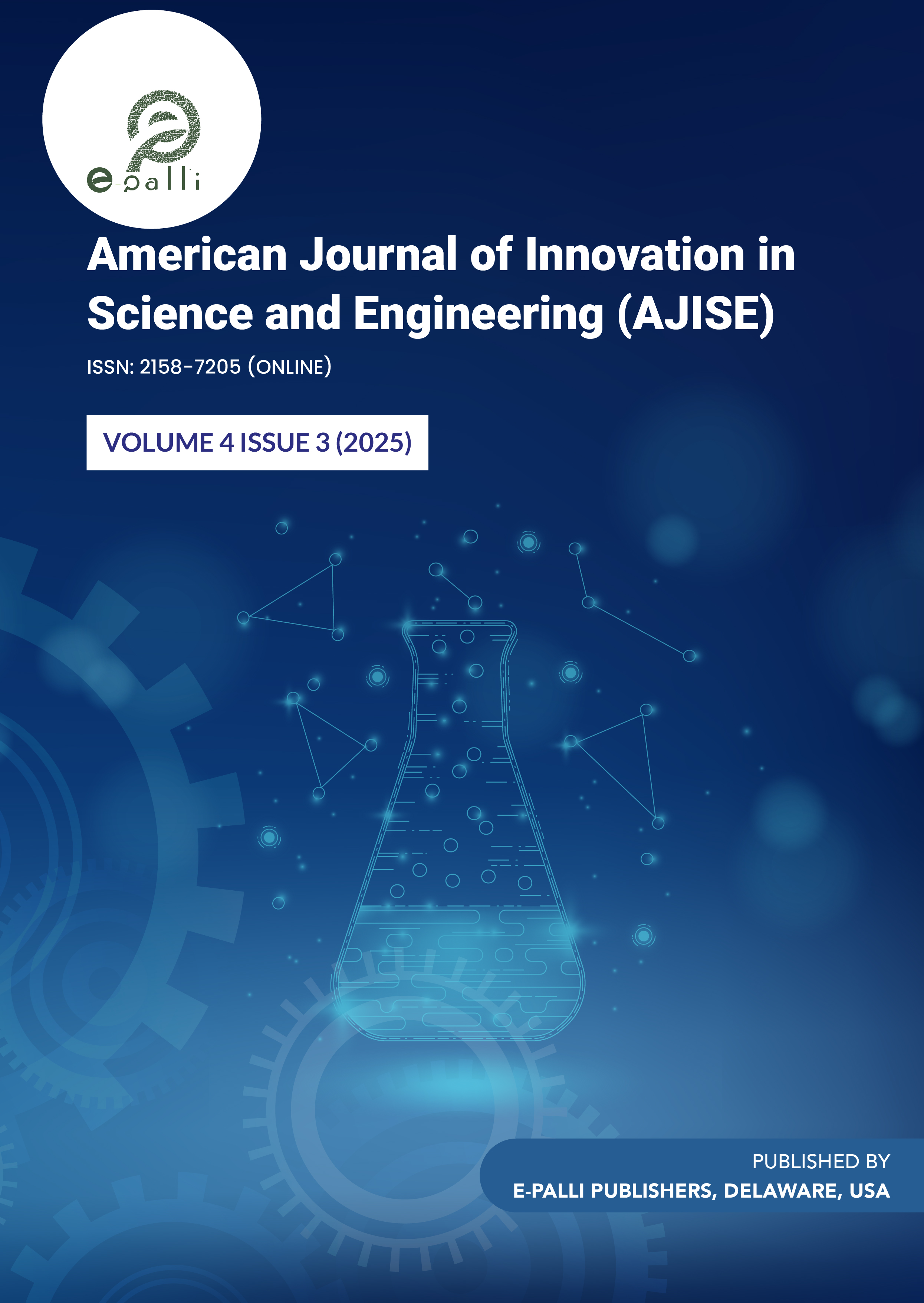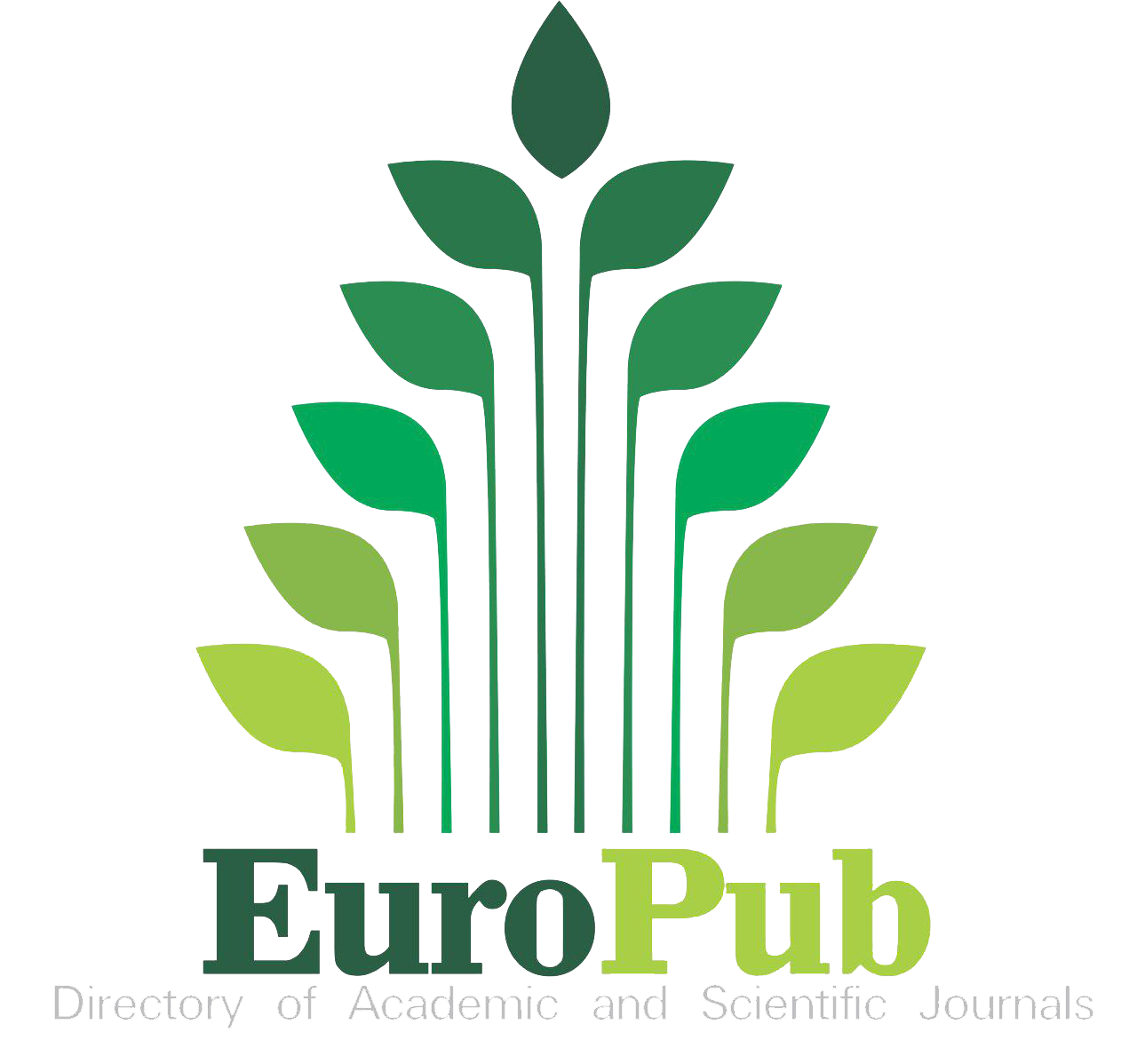Investigating the Effect of Mixed Reality Technology on Enhancing Virtual Tourism Experience
DOI:
https://doi.org/10.54536/ajise.v4i3.5137Keywords:
Augmented Reality, Information Systems Technology, Mixed Reality, Mobile Application, Tourist Spot, Virtual RealityAbstract
This study investigates the impact of Mixed Reality (MR) technology encompassing Augmented Reality (AR) and Virtual Reality (VR) – on enhancing the virtual tourism experience in Cotabato City’s tourist spots. A quantitative research design was employed, using a survey questionnaire to collect data from 70 respondents via random sampling. The questionnaire measured user perceptions across factors derived from technology acceptance and information systems success models: perceived usefulness, perceived ease of use, perceived enjoyment, information quality, system quality, service quality, intention to use, and user satisfaction. The Kutawatu Go MR mobile application, which provides virtual tours of Cotabato City’s attractions, served as the platform for the virtual tourism experience. Descriptive statistics indicated overwhelmingly positive user perceptions on all measured aspects, with mean ratings mostly in the “Agree” to “Strongly Agree” range on a 5-point Likert scale. Notably, respondents found the MR application highly useful (mean ≈4.58/5) and enjoyable (≈4.55/5), and they expressed strong intentions both to continue using the app and to eventually visit the physical sites. The instrument demonstrated excellent reliability (Cronbach’s α = 0.966). Correlation analysis revealed that key user perception factors (e.g. perceived usefulness, enjoyment, and quality dimensions) are strongly and significantly associated with both intention to use the MR system and overall satisfaction (all p < 0.01). These findings suggest that MR technology can greatly enhance user engagement and satisfaction in virtual tourism. The study contributes to the growing body of knowledge on immersive technologies in tourism by empirically validating theoretical models (Technology Acceptance Model and Information Systems Success Model) in a virtual tourism context. It also provides practical insights for tourism stakeholders and policymakers in leveraging MR applications to promote tourist destinations and augment visitor experiences remotely.
Downloads
References
Acaya, M., Amador, J. P., Elinon, E., Recaido, R. M., Bermudez, J. R., Guadaña, R. R., & Ramirez, E. (2018). Fieldtrip Ni Juan: An augmented reality mobile application for the tourist spots in the Philippines for Travel Hub PH. In 2018 IEEE Region 10 Conference (TENCON) (pp. 2242–2247). IEEE. https://doi.org/10.1109/TENCON.2018.8650364
Azuma, R. T. (1997). A survey of augmented reality. Presence: Teleoperators and Virtual Environments, 6(4), 355–385. https://doi.org/10.1162/pres.1997.6.4.355
Bao, L., & Rensink, A. (2017). Mixed reality: Merging real and virtual worlds. ACM Transactions on Graphics, 36(6), 218. https://doi.org/10.1145/3072959.3073617
Blascovich, J., & Bailenson, J. (2011). Infinite reality: The hidden blueprint of our virtual lives. HarperCollins Publishers.
Buhalis, D., & Law, R. (2008). Progress in information technology and tourism management: 20 years on and 10 years after the Internet—The state of eTourism research. Tourism Management, 29(4), 609–623.
Burdea, G. C., & Coiffet, P. (1994). Virtual reality technology. Wiley-InterScience.
Chen, C.-C., & Tsai, J.-L. (2019). Determinants of behavioral intention to use the personalized location-based mobile tourism application: An empirical study by integrating TAM with ISSM. Future Generation Computer Systems, 96, 628–638. https://doi.org/10.1016/j.future.2017.02.028
Christensen, A. (2020). The role of virtual reality in postdigital tourism experiences: Co-creation of value in immersive virtual environments [Doctoral dissertation, University of Leeds]. White Rose eTheses Online. https://etheses.whiterose.ac.uk/id/eprint/28336/1/A.Christensen.BiCFI.ETheses.pdf
Chung, N., Lee, H., Kim, J. Y., & Koo, C. (2017). The role of augmented reality for experience-influenced environments: The case of cultural heritage tourism in Korea. Journal of Travel Research. Advance online publication. https://doi.org/10.1177/0047287517708255
Csikszentmihalyi, M. (1990). Flow: The psychology of optimal experience. Harper & Row.
Davis, F. D. (1989). Perceived usefulness, perceived ease of use, and user acceptance of information technology. MIS Quarterly, 13(3), 319–340.
DeLone, W. H., & McLean, E. R. (1992). Information systems success: The quest for the dependent variable. Information Systems Research, 3(1), 60–95.
Department of Tourism. (2020). Relive the history of Intramuros City with augmented reality app “Experience Philippines” [Press release]. http://www.tourism.gov.ph/news_features/IntramurosCityRealityApp.aspx
Eurostat. (2020). Eurostat annual data for tourism (tourism statistics). https://ec.europa.eu/eurostat/web/tourism/data/database
Jung, J., tom Dieck, M. C., Lee, S., & Chung, Y. (2016). Examining the effectiveness of augmented reality on visitors’ experience, learning outcomes and attitudes towards heritage sites. Journal of Heritage Tourism, 11(5), 375–391.
Jung, T., Chung, N., & Leue, M. C. (2015). The determinants of recommendations to use augmented reality technologies: The case of a Korean theme park. Tourism Management, 49, 75–86. https://doi.org/10.1016/j.tourman.2015.02.013
Kounavis, C. D., Kasimati, A. E., & Zamani, E. D. (2012). Enhancing the tourist experience through mobile augmented reality: Challenges and prospects. Information and Communication Technologies in Tourism. http://journals.sagepub.com/doi/pdf/10.5772/51644
Mohamad, H. A., & Parcon, M. N. (2022). Unfolding Stories of English Teachers with Multiple Ancillary Functions in Maguindanao-1 Division: A Phenomenological Study. Psychology and Education: A Multidisciplinary Journal.
Panalangin, M. L., Mohamad, H. A., Abo, S. A., Cararag, A. S., & Reyes, A. R. L. (2025). Building a Resilient Computer Emergency Response Team (CERT): A Strategic Approach Using SWOT Analysis and the CERT Resilience Maturity Model for Cybersecurity Preparedness in the Bangsamoro Government, Philippines. American Journal of Innovation in Science and Engineering, 4(2).
Panalangin, M. L., Mantikayan, J. M., Abdulgani, M. A., & Mohamad, H. A. (2024). American Journal of Innovation in Science and Engineering (AJISE) Integration of IoT-Knowledge-Based Architecture in the Development of the Daily Time Records System for the Ministry of Science and Technology, Philippines. American Journal of Innovation in Science and Engineering.
Raptis, G. E., Fidas, C., & Avouris, N. (2018). Effects of mixed reality on players’ behaviour and immersion in a cultural tourism game: A cognitive processing perspective. In Proceedings of the 2018 CHI Conference on Human Factors in Computing Systems (Paper No. 306, pp. 1–14). Association for Computing Machinery. https://doi.org/10.1145/3173574.3173880
Reyes, F. M., Abdulgani, M. A., Faheem, M., Aliuden, M., Mantikayan, J. M., Guiamalon, T. S., & Sittie, Z. D. (2022). Event management system with SMS notification for Mindanao People’s Care Foundation, Inc. Psychology and Education: A Multidisciplinary Journal.
Salah, H. D., Abdulgani, M. A., Mantikayan, J. M., Guiamalon, T. S., Dilna, S. G., & Mohamad, H. A. & Aliuden, MF (2022). Adopting Human Resources Information System (HRIS)-Enabled Government Transformation: Perspective of MBHTE Employees. Psychology and Education: A Multidisciplinary Journal.
Sinsuat, D. R. R. S., Abdulgani, M. A., Mantikayan, J. M., & Mohamad, H. A. (2022). The Effectiveness of Augmented Reality (AR) as a Tool of Office for Ministry of Basic, Higher, and Technical Education in Bangsamoro Autonomous Region in Muslim Mindanao. Psychology and Education: A Multidisciplinary Journal.
Usman, S. m., Abdulgani, M. A., Faheem, M., Aliuden, M., Mantikayan, J. M., Abdulgani, R. A., & Mohamad, H. A. (2022). Inventory and Passengers Loading Plan for Office of the Presidential Adviser on the Peace Process (OPAPP). Psychology and Education: A Multidisciplinary Journal.
Venkatesh, V., & Bala, H. (2008). Technology Acceptance Model 3 and a research agenda on interventions. Decision Sciences, 39(2), 273–315. https://doi.org/10.1111/j.1540-5915.2008.00192.x
Venkatesh, V., & Davis, F. D. (2000). A theoretical extension of the technology acceptance model: Four longitudinal field studies. Management Science, 46(2), 186–204.https://doi.org/10.1287/mnsc.46.2.186.11926
Zhao, Y., & Huang, X. (2022). The rise of virtual tourism during the COVID-19 pandemic: Opportunities and challenges. Journal of Tourism Futures. Advance online publication.
Zhou, J. (2022). The potential of virtual tourism in the recovery of the tourism industry during the COVID-19 pandemic. Current Issues in Tourism, 25(3), 441–457. https://doi.org/10.1080/13683500.2021.1927726
Downloads
Published
How to Cite
Issue
Section
License
Copyright (c) 2025 David V. Sibya, Montadzah A. Abdulgani, Jonathan M. Mantikayan, Haron A. Mohamad

This work is licensed under a Creative Commons Attribution 4.0 International License.







